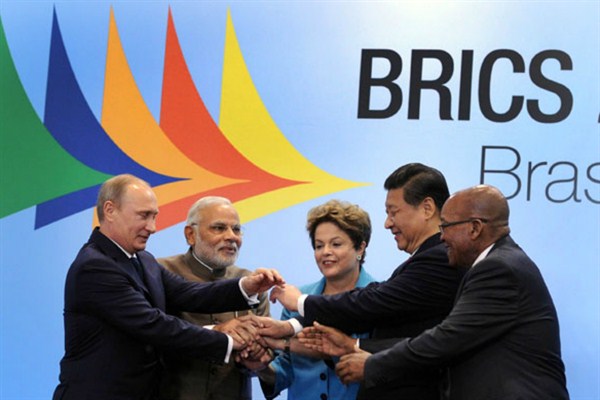Assessments of the largest emerging economies—China, India and Brazil—and their global influence have been as volatile as each of their stock markets. In the wake of the 2008 global financial crisis, the buoyancy of their economies supported both a global recovery and their status as the rising powers of the 21st century. Now, the boom decade after 2001 seems a distant memory.
As China’s economy slows from supercharged to respectable growth and rebalancing curbs its demand for commodities, growth in commodity-producing countries, Brazil among them, has slumped. Even India, which surpassed China’s growth rate for the first time in 2015, confronts a stalled economic reform program under Prime Minister Narendra Modi and faces longer-term obstacles to its ambitions to become a manufacturing powerhouse that would rival China. Ruchir Sharma, a prominent analyst on the economies of Brazil, Russia, India, China and South Africa—the group of emerging economies known as BRICS—has argued that current distress in these former dynamos reveals an underlying fragility in these once-rising powers.
The current downgrading of the BRICS’ economic prospects and their future global role has probably overshot reality. Although China’s boom is over and its high-growth years are unlikely to return, these economies, after a difficult adjustment, are likely to outpace their industrialized counterparts, which face their own demographic and economic barriers to sustained growth. Furthermore, the BRICS’ global ambitions—economic as well as political—are unlikely to disappear, even though their economic clout may be temporarily diminished.

